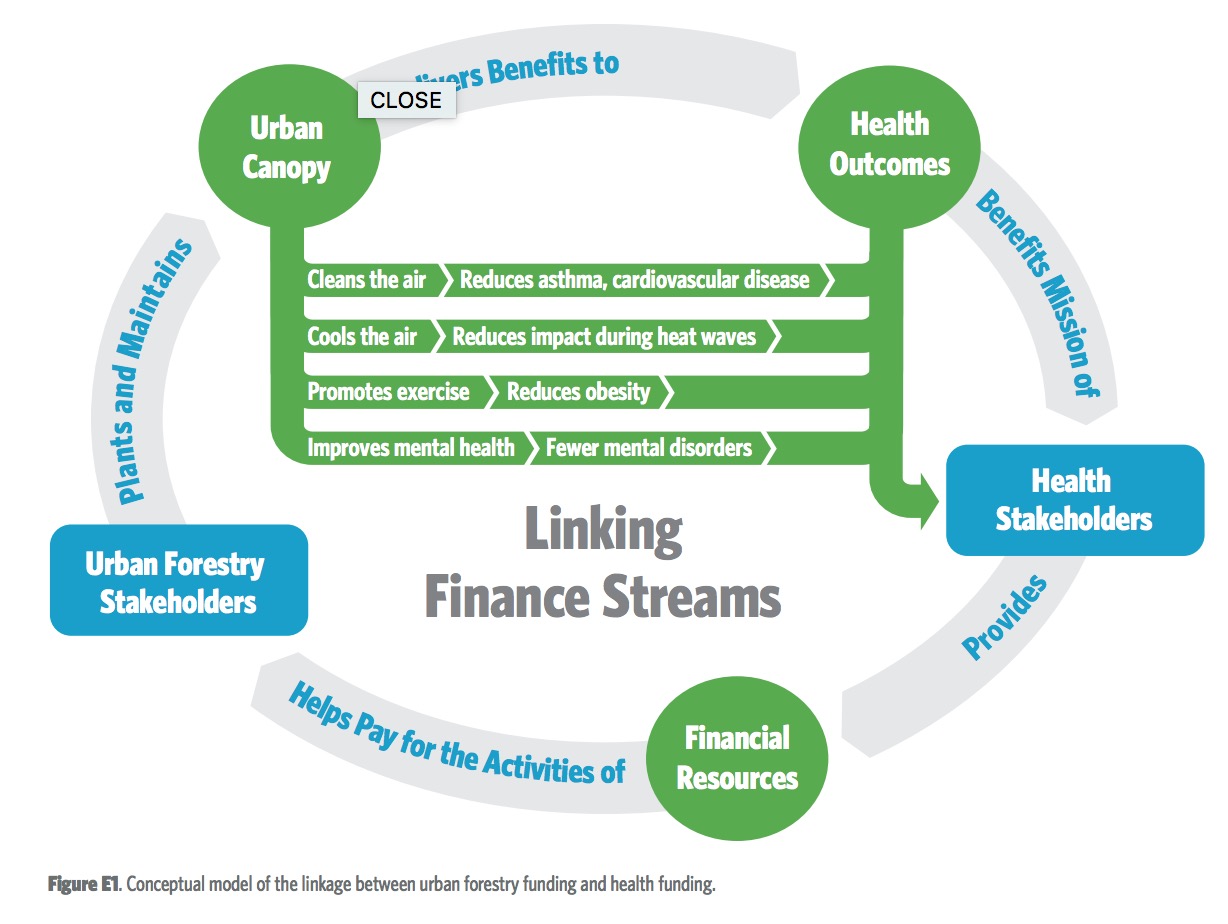
The scientific case for the benefits of trees and urban nature has become more solid over the last few decades. Trees and other natural features in cities can help regulate water quality, water quantity, and the timing of water flow. They can help clean and cool the air, reducing harmful air pollutants and ambient air temperatures. They lend beauty to our streets, enhance citizens’ lives, and significantly increase property values. When you consider all the benefits that street trees can provide to society, there is a strong business case for increased societal investment. One study in California, for instance, found that for every $1 spent on tree planting and maintenance, urban trees deliver $5.82 in benefits.
View this complete post...
Tags: Equity, Public Health, The Nature Conservancy, Trees, Trees and Pubic Health
Posted in
Environment, Funding, Green, Infra Views, National, Policy, Sustainability, Urban Planning
Comments Off on Funding Trees for Health: An Analysis of Finance and Policy Actions to Enable Tree Planting for Public Health
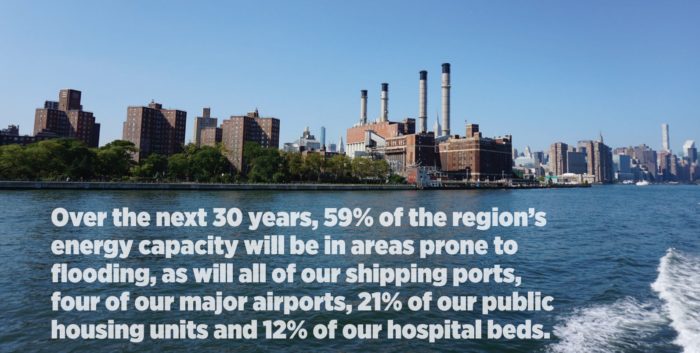












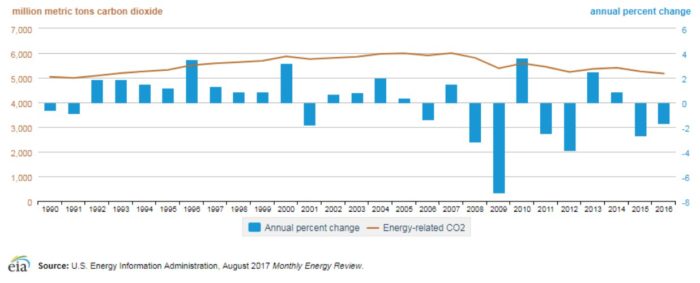

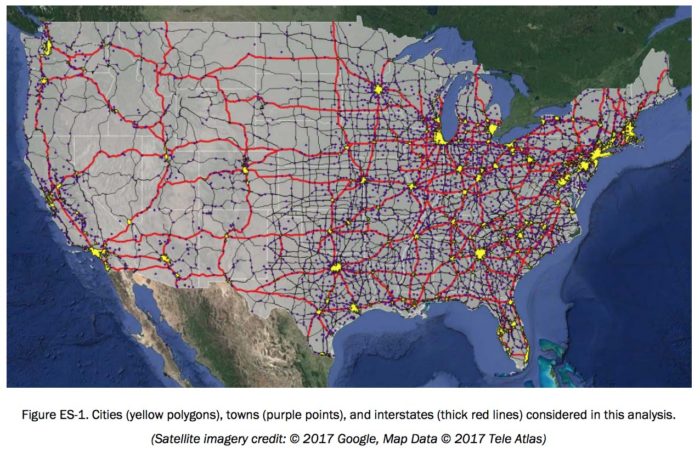




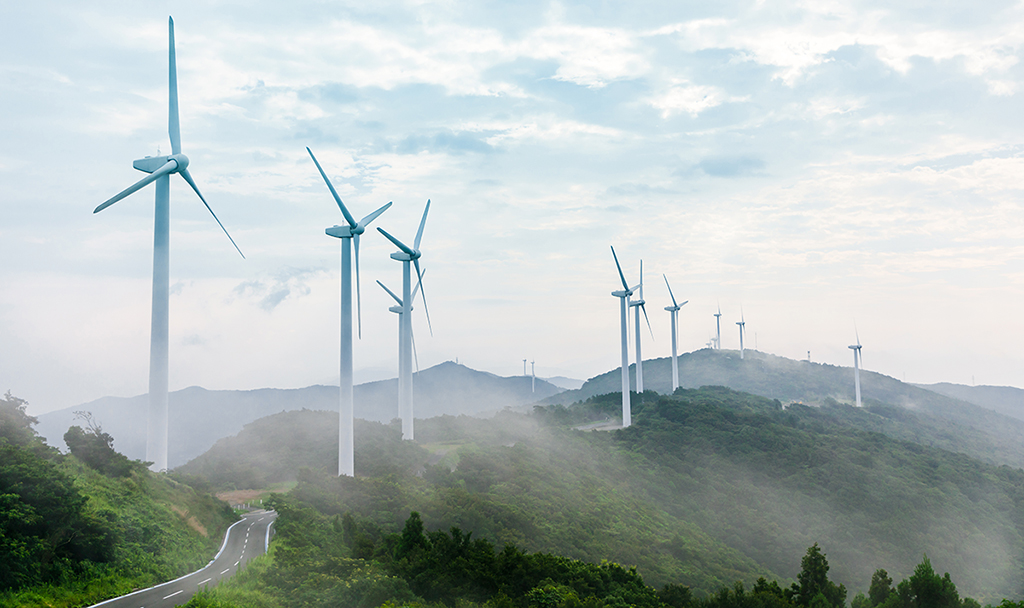
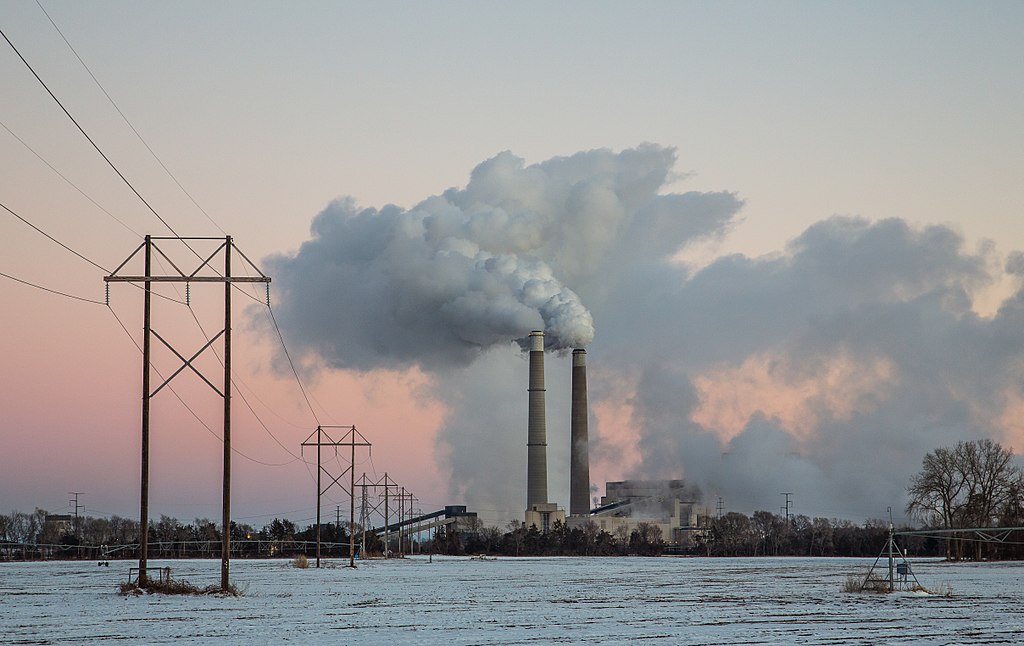

 RSS Feed
RSS Feed